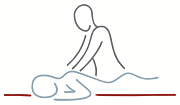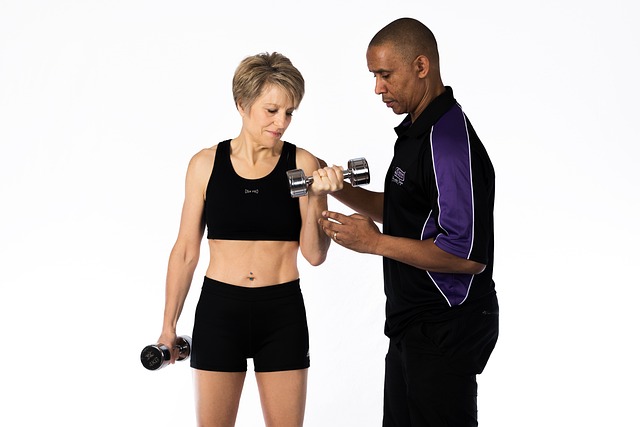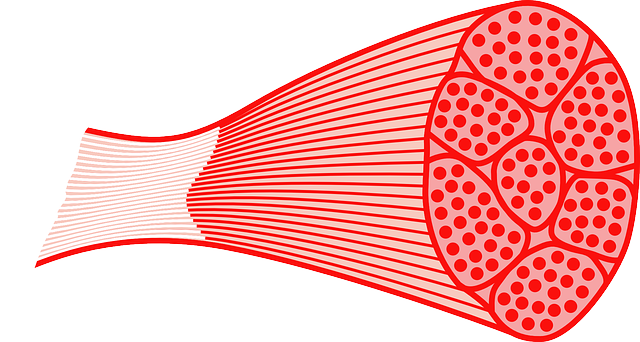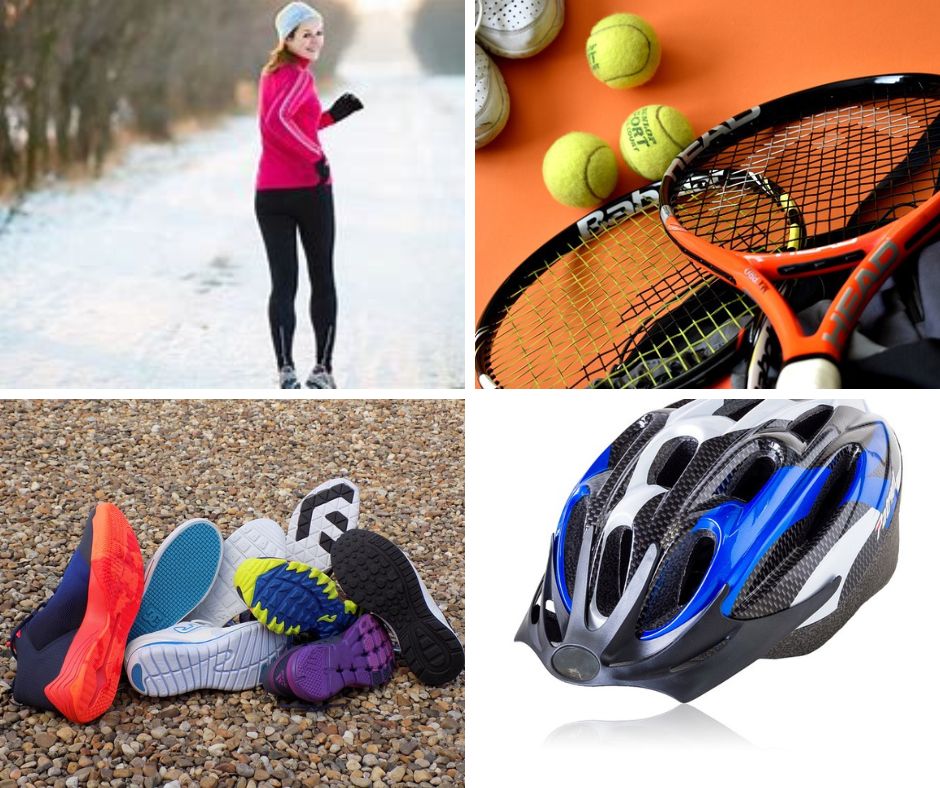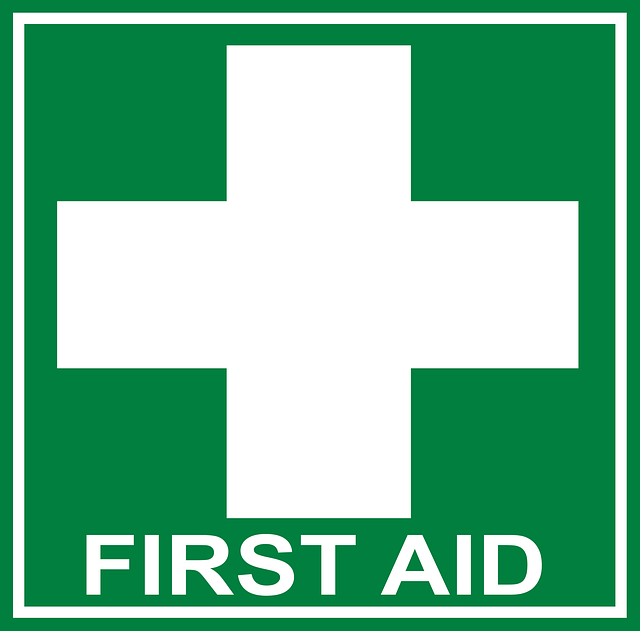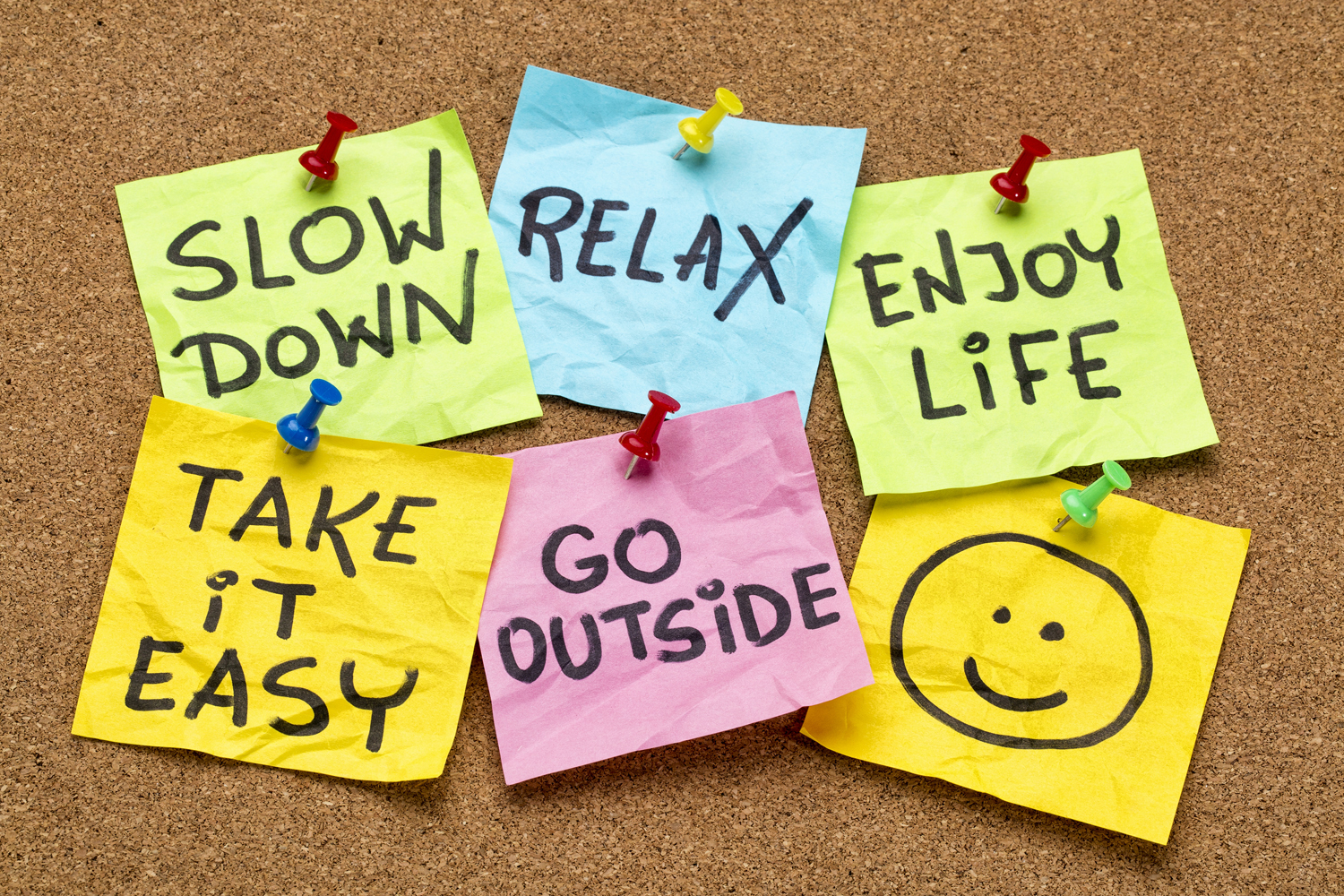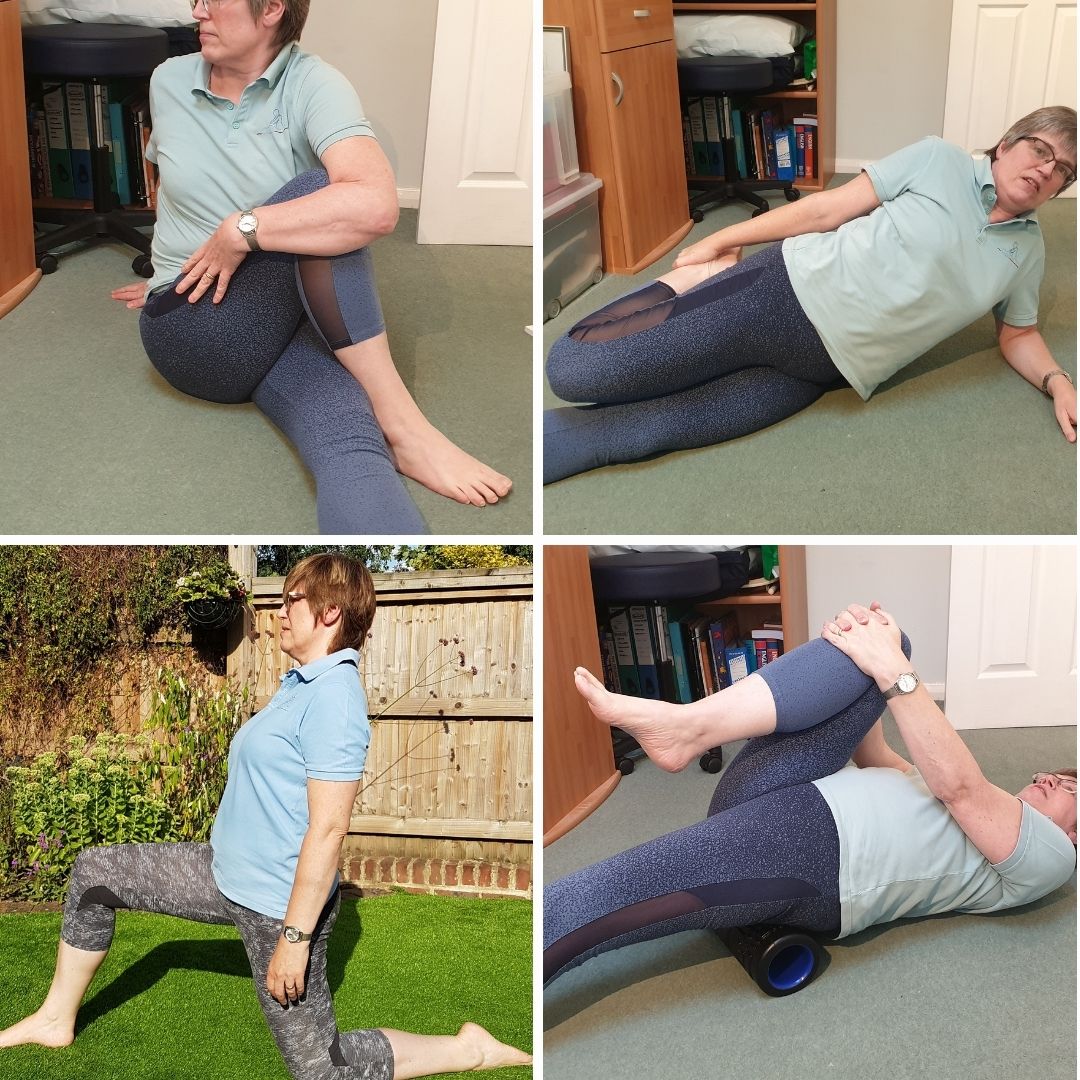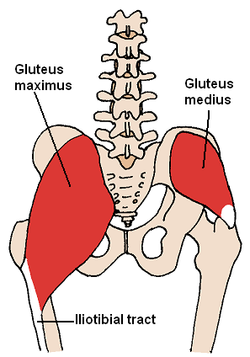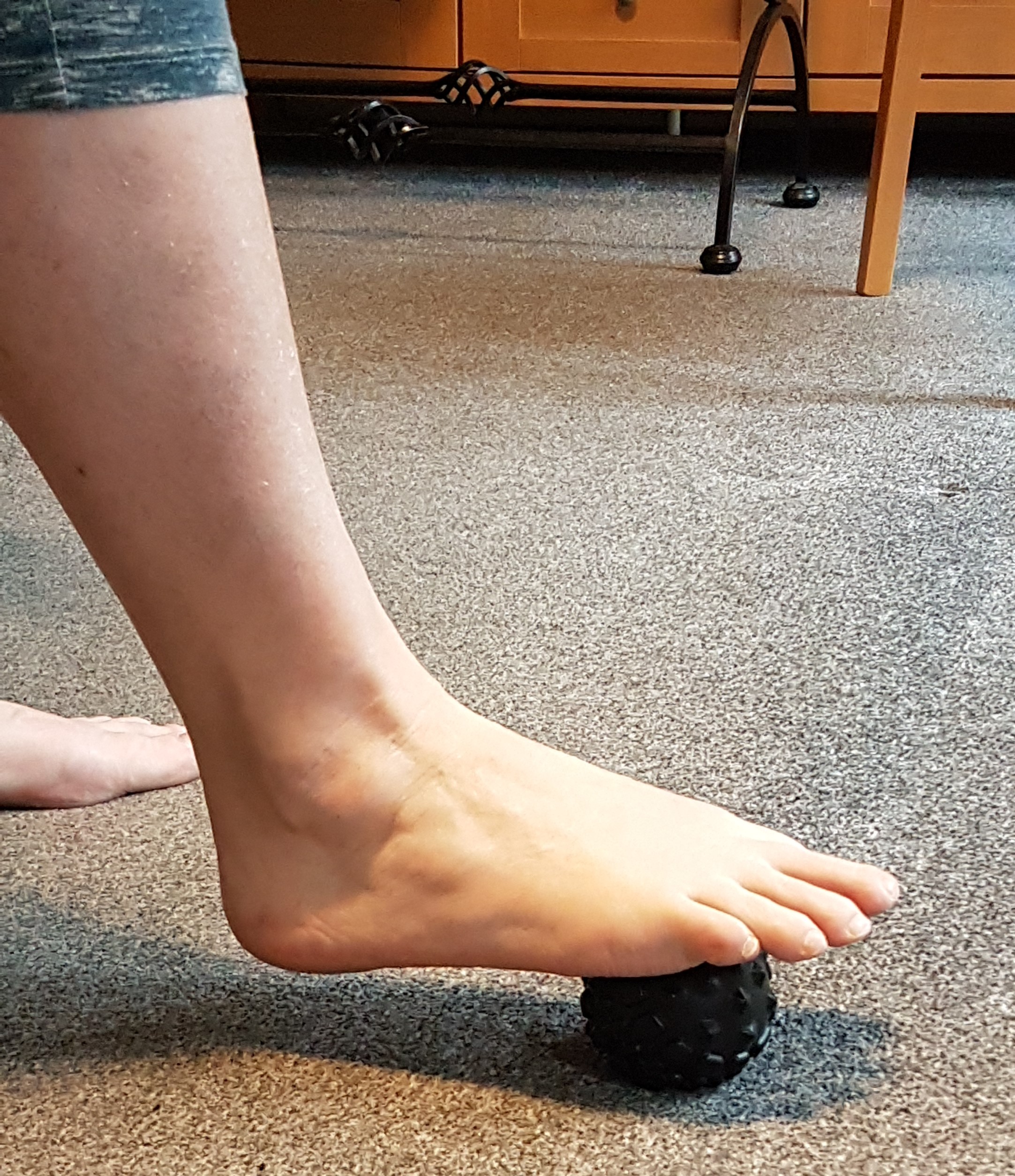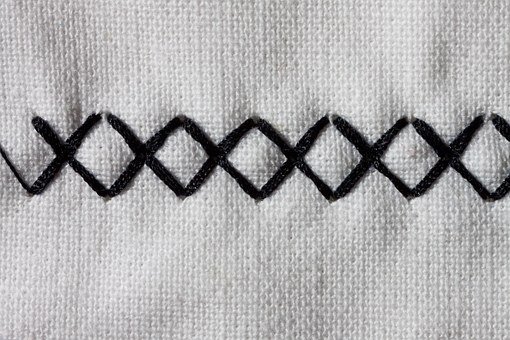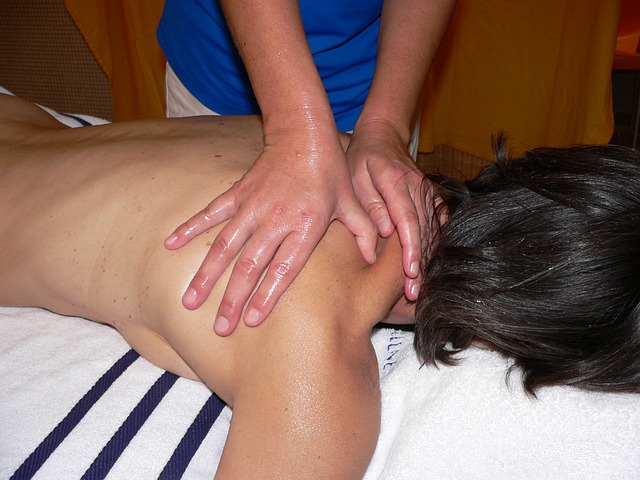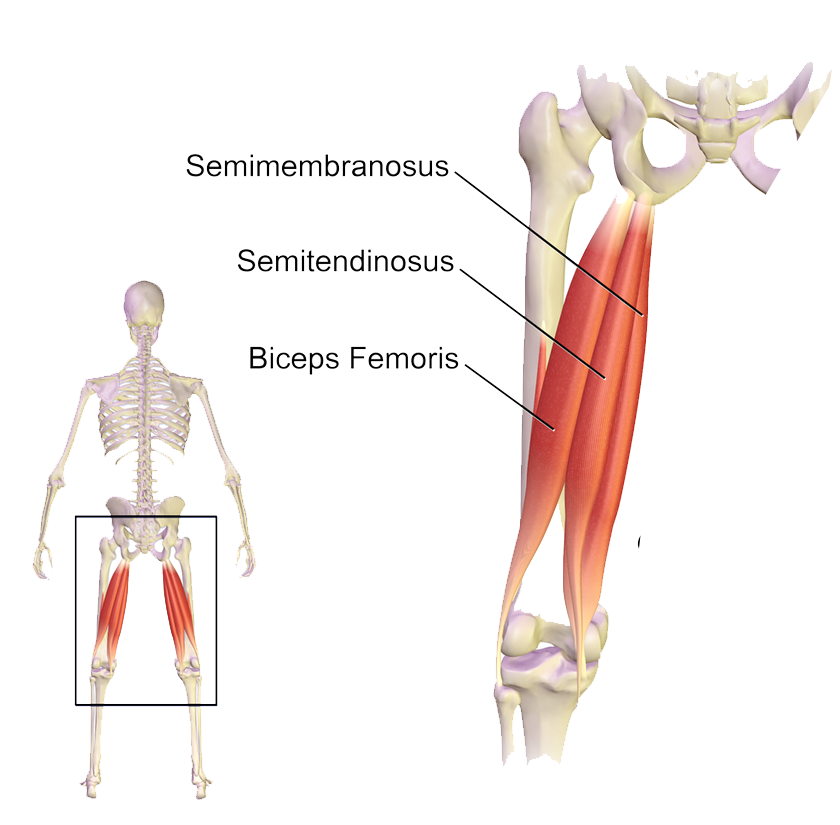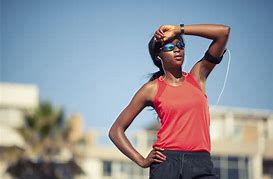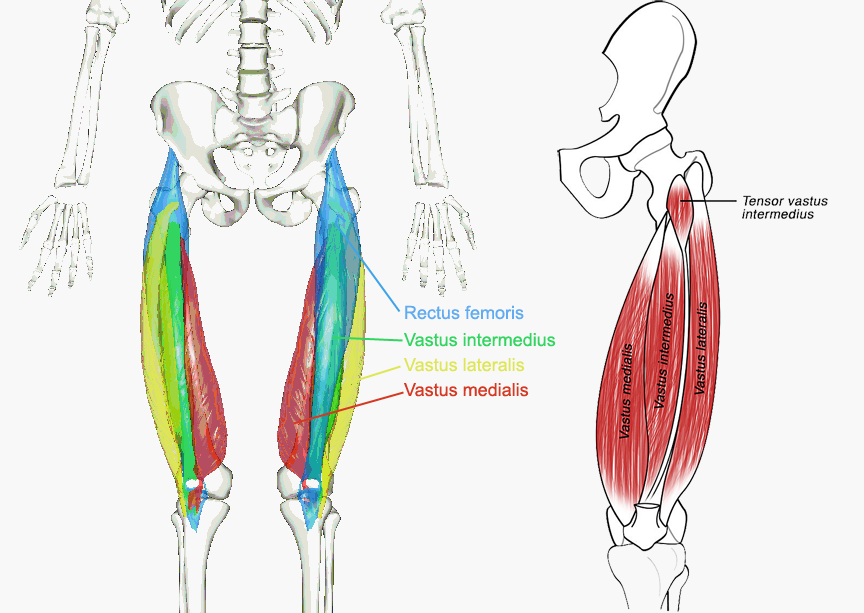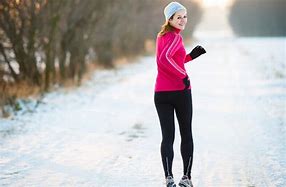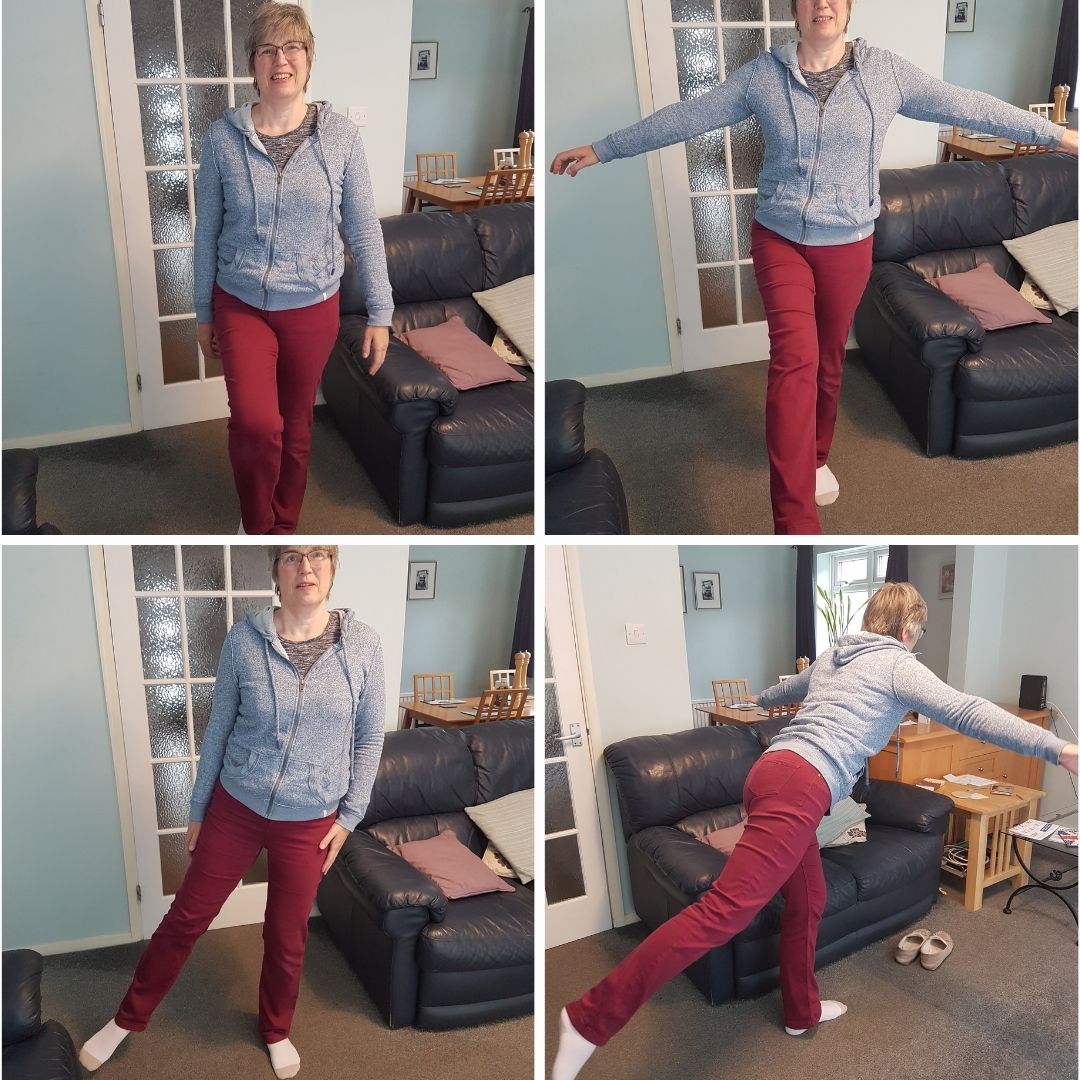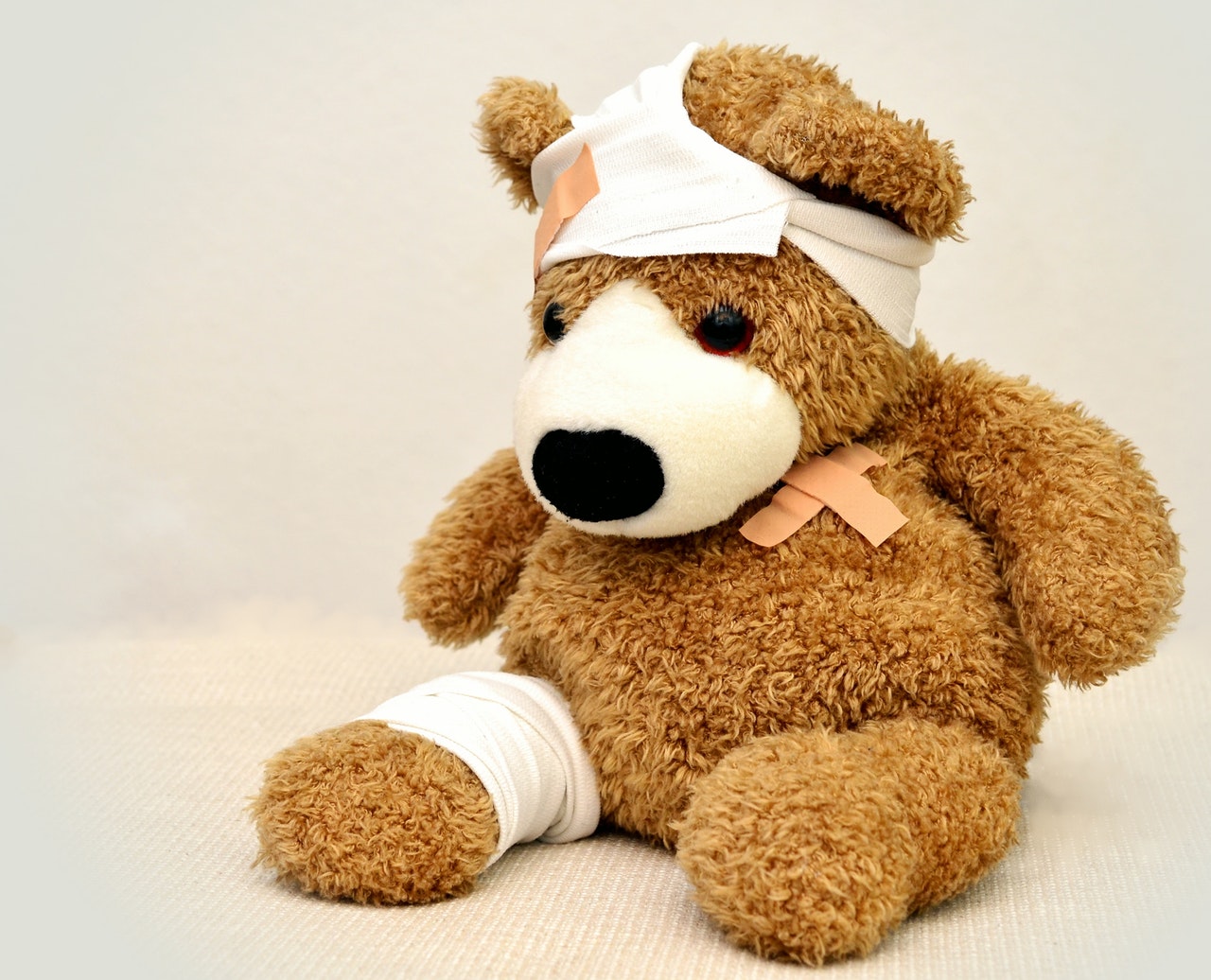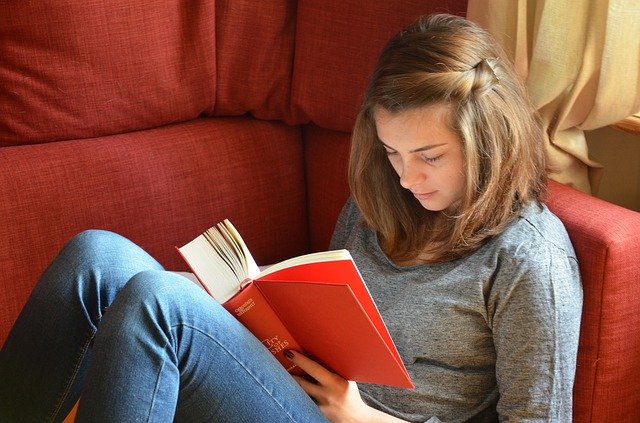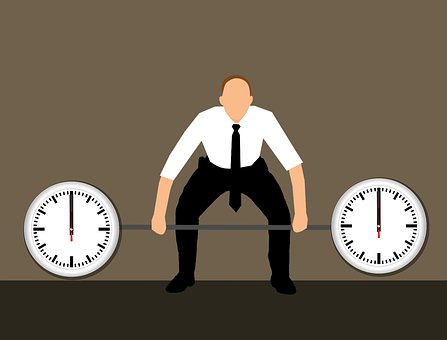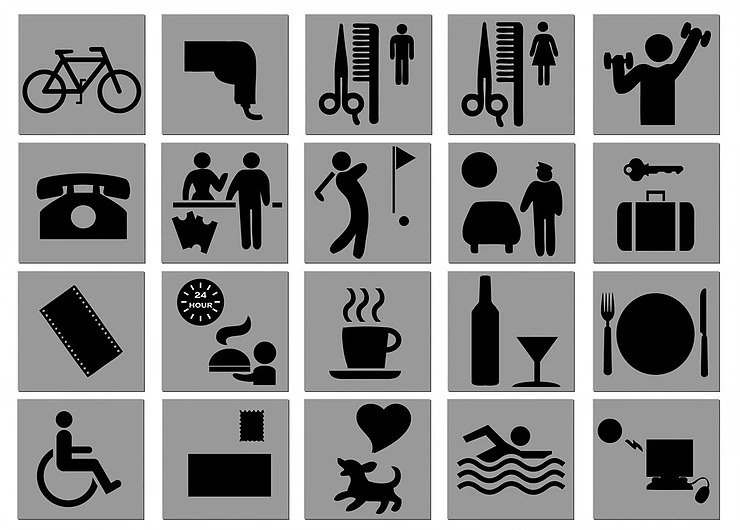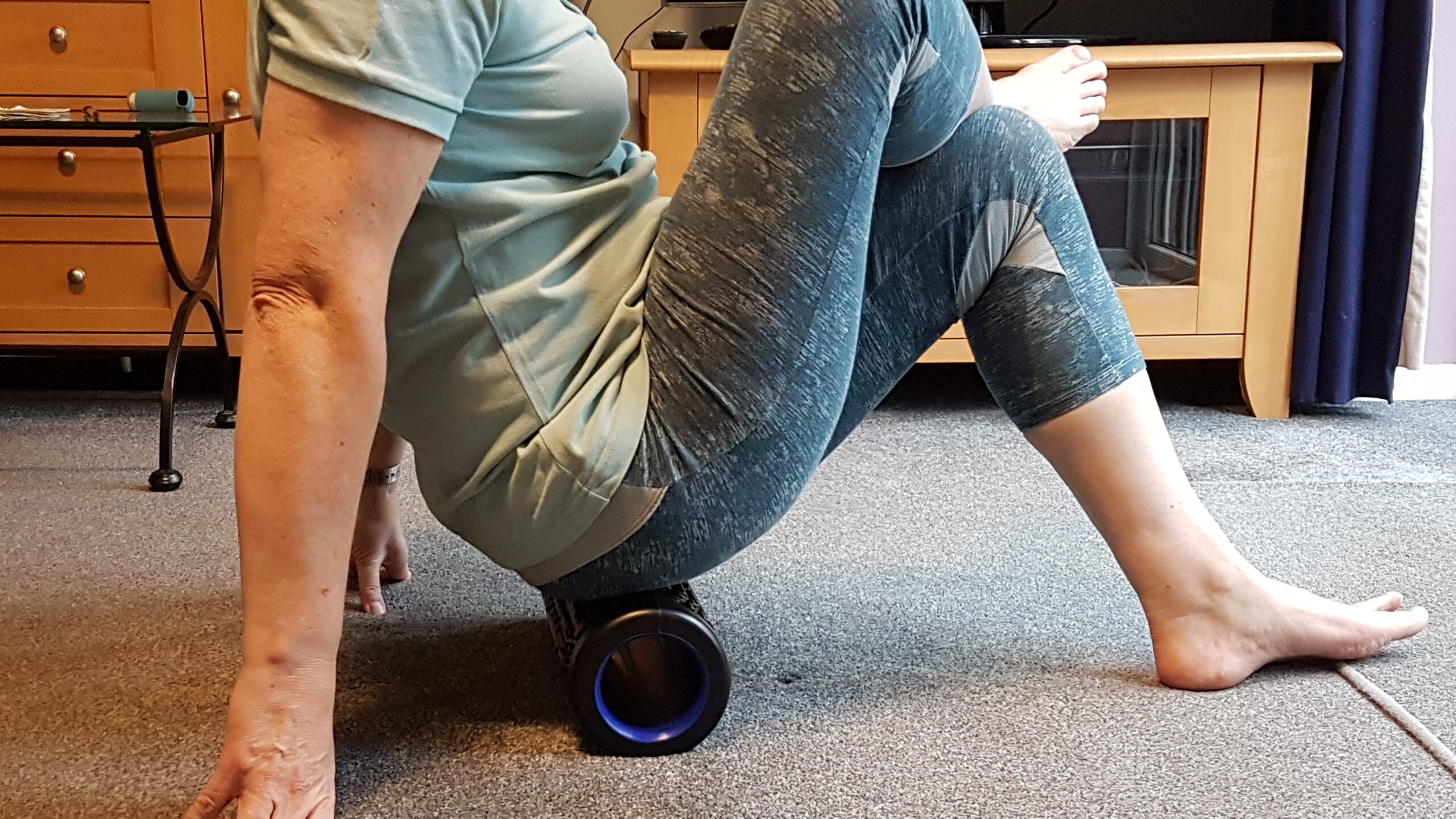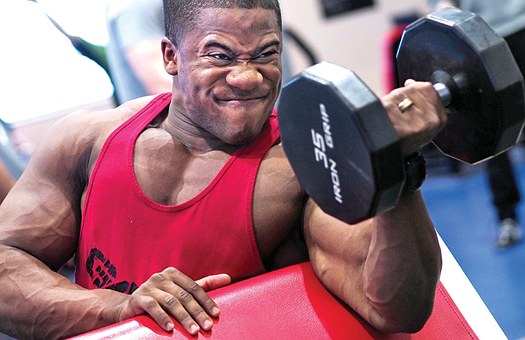Training
Training as we age
As you age, you will probably notice numerous changes to your body. Some of these will be a natural part of aging and some will be due to your lifestyle. If you like to stay fit and healthy through sports, you may find that your usual training regime is no longer giving you the results […]
Five Training Mistakes to Avoid
We all want to get the best out of our training routine, but sometimes a simple error can ruin all your hard work. Here are five common mistakes that you should try to avoid: Not allowing enough time to achieve your goals: Before starting out, take an honest look at your current fitness level and […]
How do Soft Tissues adapt to Training?
Here are some brief notes about how the tissues of our body adapt as we exercise and increase the load upon them: Muscles – It has long been accepted that muscle cells grow when subjected to regular bouts of exercise followed by periods of rest. When fed with sufficient dietary protein they enlarge as a […]
Managing Change
Training Successful training is all about managing change. The body you have today is the product of everything that has happened to you since you were born. What you have eaten and drunk, your activities, injuries, illnesses, work and play. This is because your body is constantly adapting to the stresses and strains put upon […]
Food and Water
Food for Fuel What you feed yourself (food and drink) should fuel your body. Particularly if you want it to work for you. Inadequate nutrition can increase the risk of sports injuries by causing loss of muscle mass and bone density. It can also increase fatigue. Our bodies need carbohydrate and fats to provide energy […]
Equipment Matters
Whatever the activity, using well-fitting and appropriate equipment can prevent both accidents and overuse injuries. This applies to day-to-day life as well as sports. Any relevant protective and safety gear should also, always be used. Anything from Steel toe cap boots to Cycling helmets, Rubber gloves to Tennis shoes. All specialised equipment has a purpose. […]
First Aid
In my profession it is important that I take regular training courses in First Aid. This will ensure that I am prepared to help my clients in the event of an emergency. We all hope that I will never need to use this training. How many of you are also aware of the simple, lifesaving […]
End of Season Reflection
Many athletes will have a year that is typically split into an season and an off-season. For runners and Triathletes their season is during the summer but for many team sports (Football, Rugby, Netball) it’s the winter. At the end of their competitive season most athletes take a well-earned rest for a few weeks. But […]
The Big Toe – Importance and Flexibility
The Big, or First toe, plays a vital role in our balance when standing and push off when walking or running. Up to 90% of the control of our foot comes from the flexibility of the big toe. As we push off, our big toe needs to extend. This tightens the plantar fascia across the […]
The Hip Flexor Muscles
There are a number of muscles that can flex the hip joint – here is some information about the main three: Psoas, Iliacus and Tensor Fasciae Latae (TFL). The Psoas (silent P) muscles are located deep in your abdomen (one each side) and are difficult to locate. It is classed as one muscle and is […]
The Gluteal Muscles
The three Gluteal muscles are located in the buttock region. They are: Gluteus Maximus, Gluteus Medius and Gluteus Minimus. As its’ name suggests, the Maximus is the largest and creates the rounded mass of the buttocks. Its’ fibers run diagonally starting from the base of the spine/top edge of pelvis and ending at the thigh […]
Look after your Feet
Foot Facts: Did you know that the foot is made up of 26 bones, 19 muscles, 33 joints and 107 ligaments? They are complicated structures and we need to take care of them. Our feet are the base for all our movements, so help your body to get the support it needs by wearing activity-appropriate […]
Got a Stitch?
A stitch is a pain in the abdomen (usually on the side) that’s brought on by exercise. It is medically known as Exercise-related Transient Abdominal Pain (ETAP) and the effects can range from sharp, stabbing pain to mild cramping, aching or pulling. At some point in their lives, most athletes will suffer from this debilitating, […]
The Rotator Cuff
The Rotator cuff is a group of four muscles and their tendons that act to stabilize the shoulder joint. They all originate from various points on the Scapula (Shoulder blade) and attach onto the head of the Humerus (Upper arm bone). Although the shoulder has a wide range of movements, it is a relatively unstable […]
The Hamstrings
The Hamstrings are a group of three muscles located at the back of the thigh. They are: Biceps Femoris,Semitendinosus andSemimembranosus All three Hamstring muscle originate at the Ischial Tuberosity (Sit bone) of the pelvis and wrap around from the back of the knee to attach onto the Tibia and Fibula bones of the lower leg.These […]
Running in the Heat
Now that Summer has begun, we are all hoping for “good” weather. However, after the heatwave of 2018, we need to be prepared for it to be “too good”. When exercising outdoors during the Summer months it pays to be aware of heat – related problems and plan to avoid them. Here are a few […]
The Quadriceps Group
The Quadriceps group (commonly known as Quads) comprises of four large muscles in the front of the upper leg. They are: Vastus Lateralis (Outer) Vastus Medialis (Inner) Vastus Intermedius (between) and Rectus Femoris The Vastus muscles originate on the upper Femur (thigh bone) and Rectus Femoris from the front of the Ilium (hip bone). All […]
Female athletes and the Menopause
When we reach Menopause, usually in our late 40s or early 50s many of our biological processes change and find a new “normal”. This changing process usually takes a few years and affects all women in different ways. Periods cease, of course, muscles will shrink and heart rate drops. Therefore, some of these changes will […]
Under and Over Pronation
We often hear the terms Over and Under pronation, particularly with respect to running and running shoes, but what do these terms mean? And why are they important? OVERpronation means that your foot excessively rolls in when you land upon it. Your first and second toes, therefore, take most of the weight. Your shoes will […]
Training in the Cold
It’s mid-winter and very cold, particularly when most people have to do their training (morning and evening), so how can you stay safe and still train well? Here are a few tips and things to consider: Anyone with Asthma, Exercise – induced Bronchitis or Raynaud’s syndrome should speak to their doctor before exercising outside during […]
Proprioception and Balance
Proprioception: Proprioception is the sense of knowing the relative position of ones’ body in space. It is necessary to maintain posture and balance and helps us to co-ordinate movements. The information needed for the brain to know where parts of the body are located without the eyes seeing is provided by proprioceptors. These are located […]
Training Whilst Injured
Nobody likes to be injured but, unfortunately, it happens to most of us at some time. Overuse injuries are the most common and can sneak up on athletes then suddenly “go”. Often injuries can mean a few weeks when you are unable to follow your usual training routine but that does not mean that you […]
Why are Rest Days important?
When we exercise and ask our muscles to do more work than they are used to, the microscopic fibers inside them tear apart. This “Microtrauma” is perfectly natural and is what enables us to grow stronger. When the muscle fibers are repaired by the body, they are built bigger and stronger so as not to […]
Are you a Corporate Athlete or a Weekend Warrior?
Our modern corporate working life means that many of us struggle to achieve a healthy work : life balance…….. Let alone a work : training : life balance! Whatever level or type of athlete you are, when also holding down a full-time job, there are a number of challenges facing you both physical and logistically, […]
Training whilst travelling
Many of you will be approaching a holiday period or some time out of your usual routine over the next few weeks. Travelling, either for business or pleasure, can play havoc with your training programme if you let it. Here are some tips that may be useful: 1. Plan ahead. If you know when and […]
Foam Rolling
Foam Rolling has become very popular as a form of Self massage, but what does it actually do and is it worth it? As discussed in a previous post, Fascia is a layer of connective tissue under the skin that envelopes all our muscles and organs connecting every part of our body together. The fascia […]
Delayed Onset Muscle Soreness (DOMS)
D.O.M.S. is the soreness we feel in our muscles a day or two after a high intensity workout that our body is not yet used it. All athletes can be affected, from beginners to elite. The micro-trauma suffered by the muscle fibres during exercise causes this soreness as the body repairs itself and builds stronger […]
